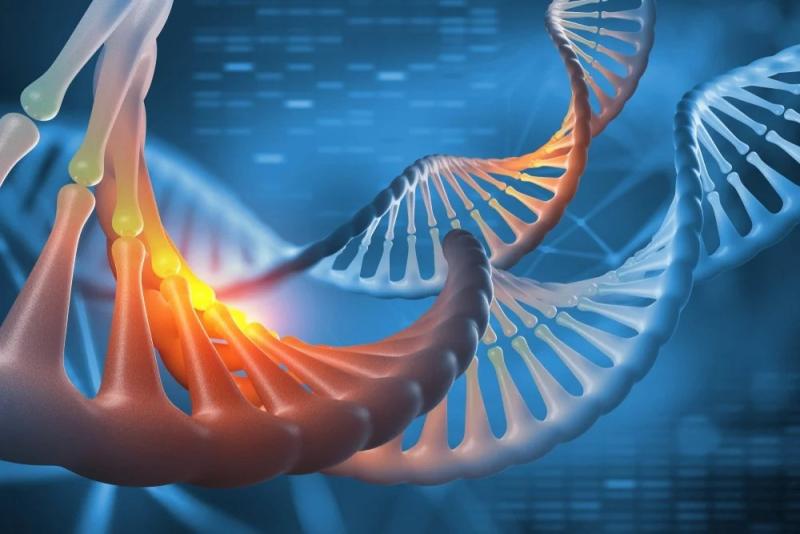Spatial transcriptomics is a technique that allows researchers to study gene expression profiles across intact tissue sections at high spatial resolution, revealing how the expression of genes varies from cell to cell within complex tissues. By capturing gene expression information from hundreds of thousands of individual cells simultaneously, this technique provides an unbiased view of cellular composition and genetic activity within native tissue architecture.
The Technique
Spatial transcriptomics relies on the principles of in situ sequencing. Tissue sections are placed on a glass slide coated with an array of oligonucleotide-conjugated DNA primers. As cellular mRNAs diffuse within the tissue, they hybridize to complimentary primer sequences on the slide surface. The tissue is then enzymatically treated to reverse transcribe the captured mRNAs into DNA strands. After tissue removal, the DNA strands remain spatially anchored to the original primer locations, physically preserving the transcripts' positions of origin within the tissue microenvironment. Massively parallel sequencing is then used to decode the transcriptomes mapped across the entire tissue section.
Bioinformatics Analysis
The massive volume of sequencing data produced requires specialized bioinformatics pipelines for analysis. Reads are mapped back to their spatial coordinates on the slide, reconstructing full transcriptome profiles for every pixel within the imaged tissue area. Unsupervised clustering algorithms group pixels with similar expression profiles, segmenting the tissue into cell type-specific regions. Marker genes then aid identification and quantification of resident cell populations. Spatial relationships between cell types and patterns of gene co-expression across tissue architecture can also be explored.
Applications in Biology and Medicine
Spatial genomics transcriptomics enables new investigations across diverse research areas. In neuroscience, it has provided insights into cellular diversity and specialization across the brain and spinal cord. In immunology, it has furthered understanding of immune cell interactions in lymphoid tissues and pathogenesis of autoimmune diseases. When applied to cancer, spatial transcriptomics can identify tumor heterogeneity, patterns of invasion, and microenvironmental influences on tumor progression. It also holds promise for developmental biology, understanding tissue homeostasis, and discovering novel cell types. Going forward, this technique is set to transform our comprehension of tissue organization and cellular networks in health and disease.
Summary
In closing, spatial genomics transcriptomics leverages advanced molecular techniques to measure gene expression patterns across intact tissues with exquisite spatial resolution. By characterizing full transcriptomes for hundreds of thousands of individual cells simultaneously in situ, it offers an unprecedented global view of cellular diversity and specialization within native tissue context. This emerging approach holds great potential to further our understanding of tissue architecture, cellular interactions, and disease pathogenesis across many areas of biology and medicine.
